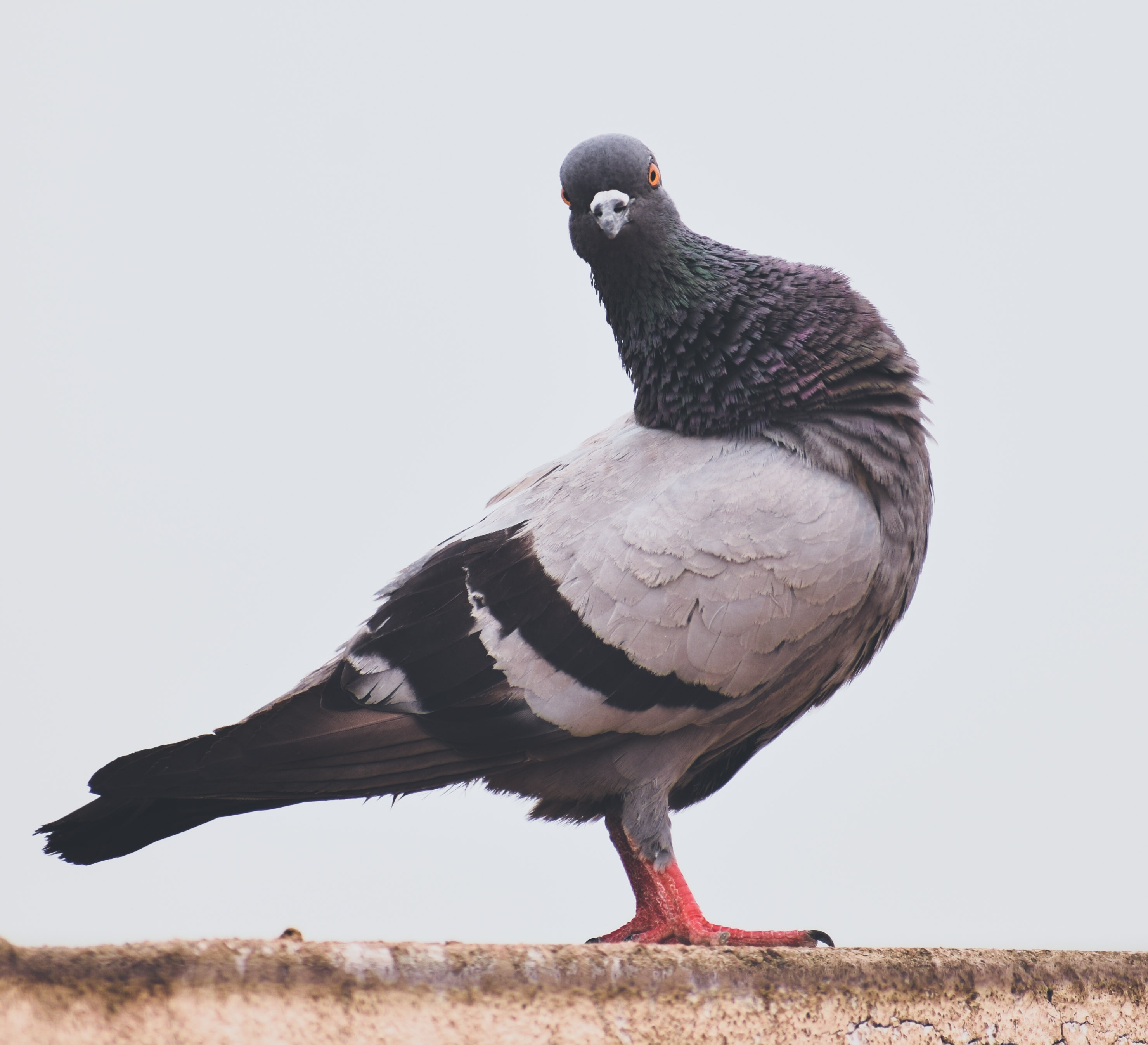Why Pigeons at Rest Are at the Center of Complexity Theory
Why Pigeons at Rest Are at the Center of Complexity Theory
Complexity theory is a branch of mathematics and theoretical computer science that studies the behavior of complex systems. One…

Why Pigeons at Rest Are at the Center of Complexity Theory
Complexity theory is a branch of mathematics and theoretical computer science that studies the behavior of complex systems. One of the most intriguing examples of a complex system is a flock of birds, such as pigeons.
When pigeons are at rest, they may appear to be simple and unremarkable creatures. However, when they take flight and form intricate patterns in the sky, their behavior becomes highly complex and difficult to predict.
Scientists have long been fascinated by the collective behavior of birds and other animals, as it often defies traditional mathematical models. Pigeons at rest serve as an excellent example of how seemingly simple interactions between individual agents can give rise to emergent, complex behavior at the group level.
Studying pigeons at rest can provide valuable insights into the principles of self-organization, emergent behavior, and information processing that underlie complexity theory. By observing the subtle cues and interactions between pigeons, researchers can gain a better understanding of how complex systems evolve and adapt to changing environments.
Moreover, pigeons at rest offer a unique opportunity to study the balance between order and chaos in natural systems. As the birds rest and preen their feathers, they are simultaneously responding to environmental stimuli and maintaining a sense of cohesion within the group.
The study of pigeons at rest has implications beyond just understanding animal behavior. It can also shed light on human social dynamics, economic systems, and even the functioning of the human brain. By unraveling the complexities of pigeon behavior, scientists may uncover universal principles that govern all complex systems.
In conclusion, pigeons at rest may seem like simple creatures, but they are at the center of complexity theory due to their ability to exhibit emergent, self-organizing behavior. By studying these birds, researchers can gain valuable insights into the fundamental principles of complex systems and how they evolve over time.




